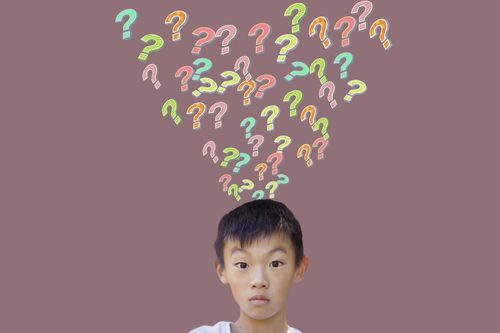Table of Contents
Functional Grammar views language as comprising several units of relevant meanings rather than forms. Michael Halliday created it in the 1960s. It differs from other theories in that it employs a variety of sentence representations. The communication of these meanings happens through both written and spoken texts. It examines language at the text level rather than the sentence level.
Difference between Functional Grammar and Traditional Grammar

Functional grammar views language as a meaningful system and studies how language is connected, so the communication of meanings is clear for specific objectives. On the other hand, traditional Grammar concerns how words are put together into sentences and sees language as a set of rules.
Key concepts
Various books illustrate the concepts in diverse order. Those charts, tables, or paradigms, plus considerable terminology, look terrible for new learners. In the book A Theoretical Grammar of English( 1993), the author academically explains the concepts in detail. The analysis of Grammar is done from a trinocular perspective. Functional Grammar divides English words into four big groups: an adjective group, a verb group, a prepositional group, and a noun group. Functional Grammar enables us to understand how language is used in a real-life context. It respects the right of the speakers to make up their minds about how they choose to talk, and it also makes the speakers aware of the choices available to them.
Metafunctions
Halliday referenced the various functional divisions of language, which he referred to as “metafunctions.”
He suggested three functions:
- Ideational – Ideational is used to understand the human experience.
- Interpersonal – Interpersonal refers to the interactive realm of the text. Textual
- Textual part pertains to the communicative character and the internal arrangement of the text.
Classroom Teaching

One of the main objectives of teaching functional Grammar is the development of Grammar and punctuation as a skill. Research has proven that functional Grammar is a much more effective way of imparting knowledge. A helpful method often suggested for teaching functional Grammar is encouraging children to read. Reading enables one to understand how Grammar can enhance the meaning of the text. Children would know that the wrong usage of Grammar would make it hard for the readers to understand the text. This would give the kids a more accurate understanding of Grammar.
Halliday highlighted the following points for children:
- Functional Grammar manipulates the environment.
- The intended function of language is the control of various events.
- The practical function of language is to study the environment.
- The interactive function of language is to ascertain social maintenance.
Key takeaways
- Functional Grammar is a theory that deals with the morphology, semantics, and syntax of natural languages.
- Functional Grammar extensively uses function labels like process, goal, actor, themes, etc.
- Functional Grammar aids the reader in deciphering ideational information and also enhances their critical thinking ability.
Liked this blog? Read next: Hardest 5 letter words in English and how to simplify them
FAQs
Q1. Who invented English Grammar?
Answer: Lindley Murray is known to be the founder of English Grammar.
Q2. How can you improve your functional skills?
Answer: One can keep practicing functional skills at home and work by writing, reading and
maintaining bookkeeping skills.
Q3. What are the types of Grammar?
Answer: There are two types of Grammar -descriptive and prescriptive







